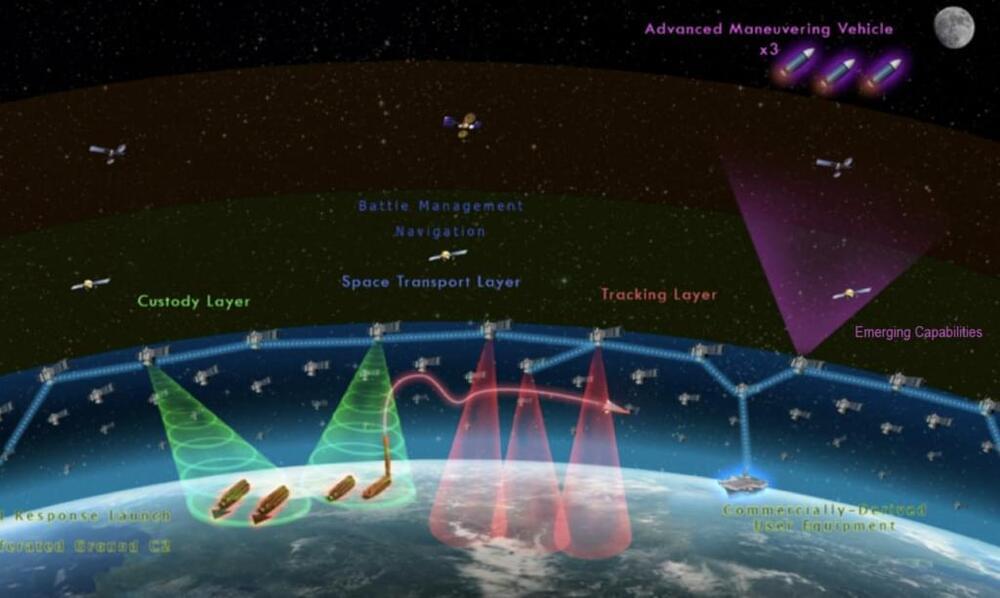Oh joy. I’d ask snarkaly what could possibly go wrong, but in this case going right IS going wrong, so… 🤯
Chinese scientists have reportedly developed and tested a device that aims to help online censors better police pornography in the country.
Researchers at Beijing Jiaotong University in China created a helmet that can track the brain waves of its wearers. The scientists published their findings in the domestic peer-reviewed Journal of Electronic Measurement and Instrumentation earlier this month.
In China, where watching porn is illegal, the government employs mostly women as so-called porn appraisers, or “jian huang shi,” who screen online photo and video content. These human censors make use of artificial intelligence (A.I.) to help them in flagging explicit content faster.







